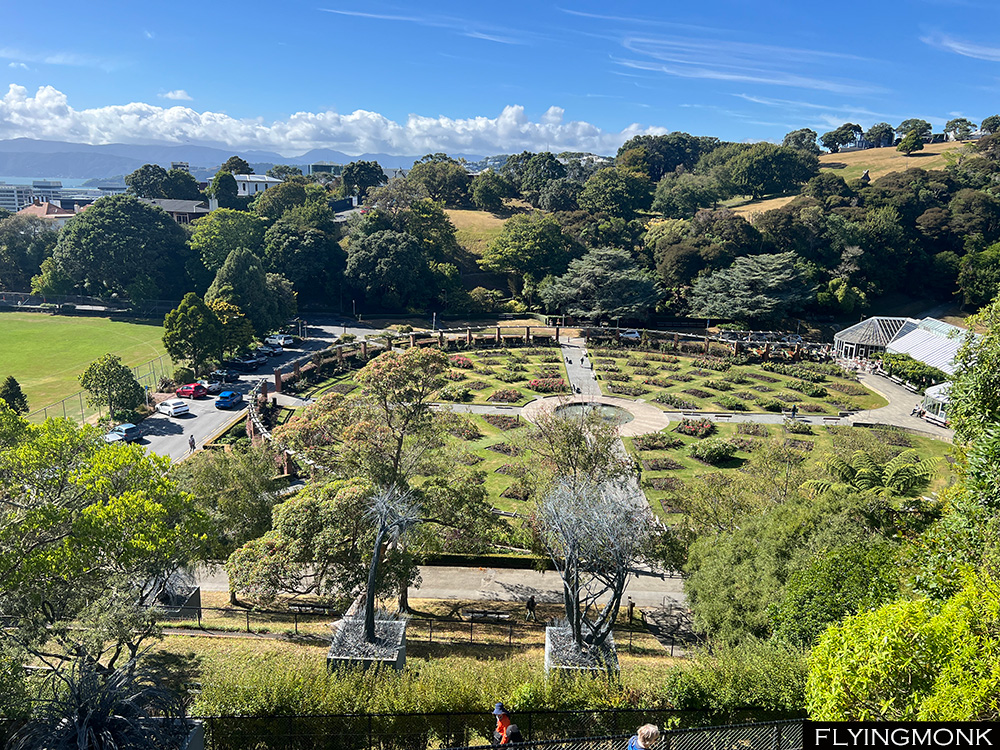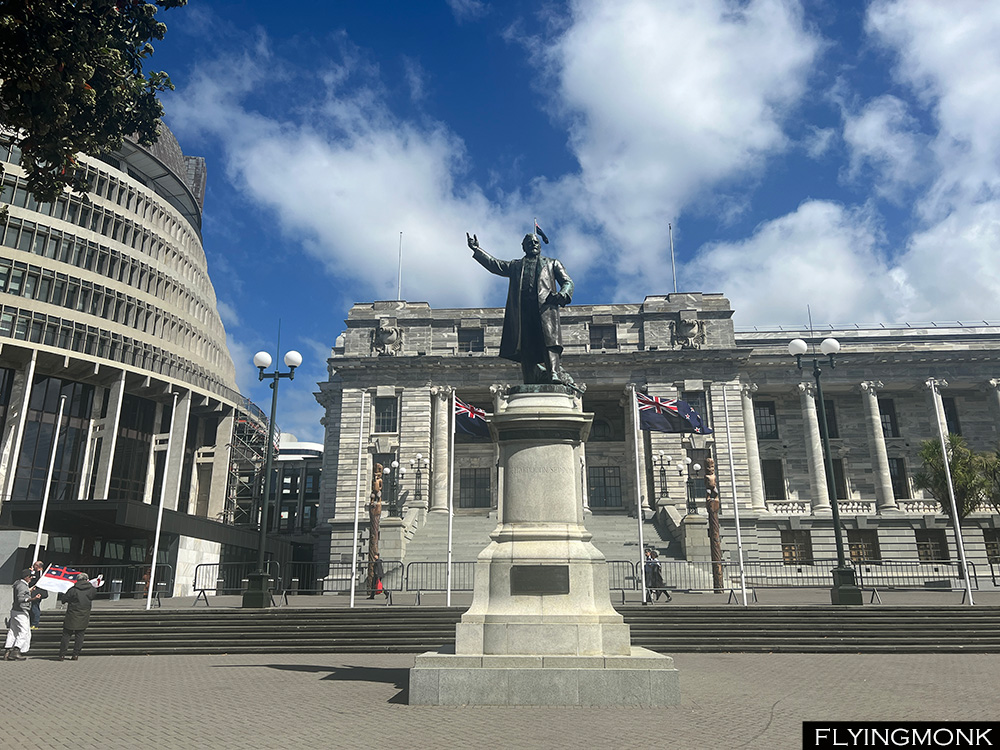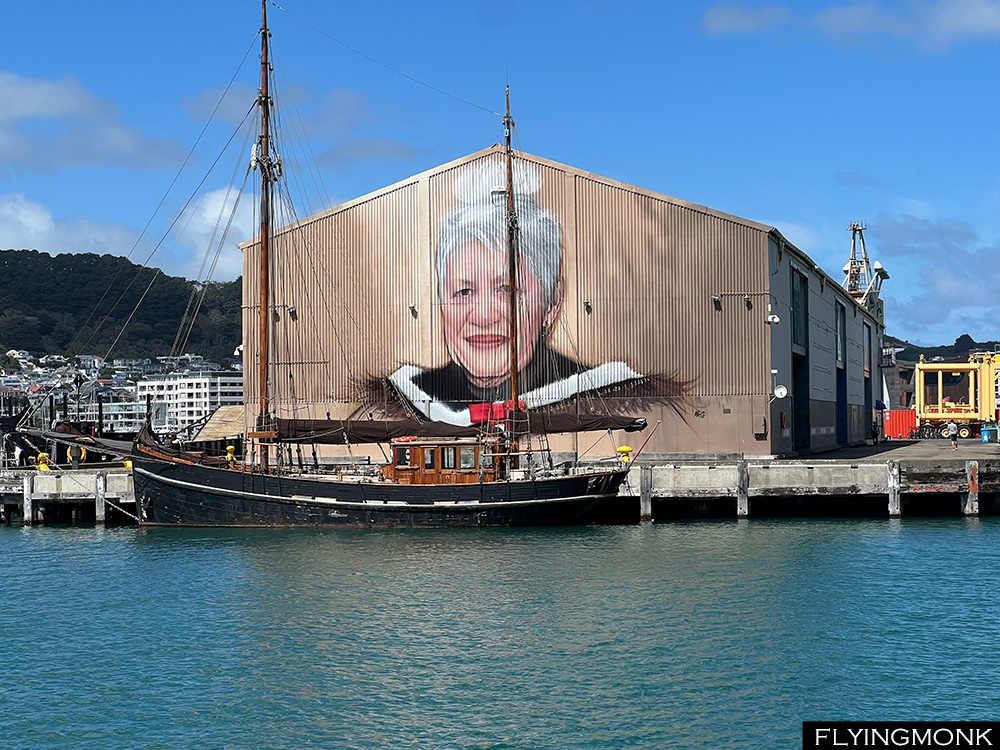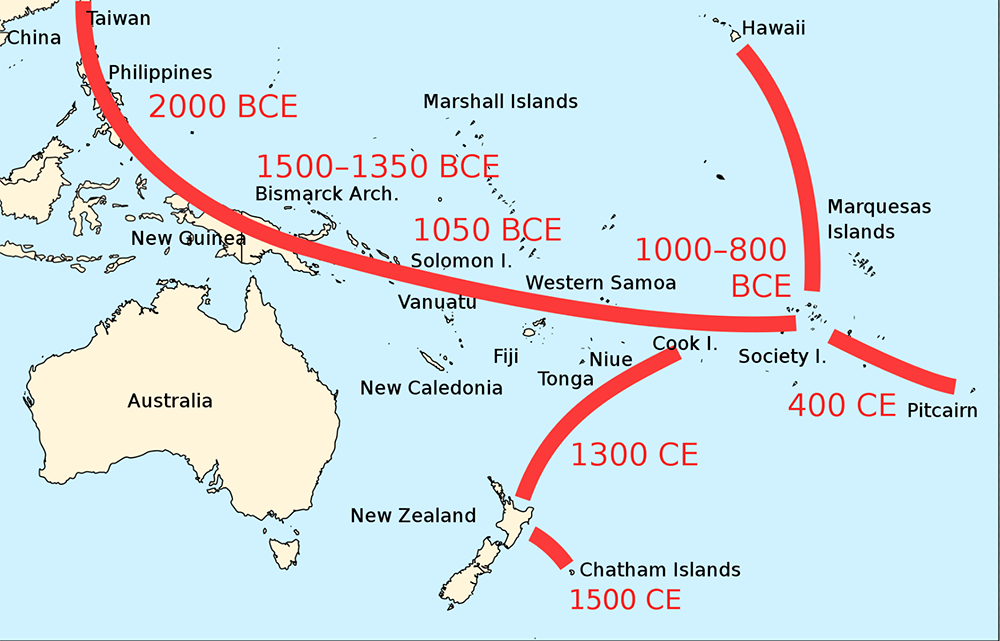
Wellington, New Zealand’s capital, is the country’s third largest city with about 200000 inhabitants. It’s a quaint place in accord with the rest of the country. We came here less for exploring a New Zealand city but to visit its fascinating museum Te Papa, the National Museum of New Zealand.

But as long as we were here we took the cable car and viewed the city and its harbor from above. From the Kelbum suburb we descended the hill through the Botanical Garden where we witness how crews were felling a gigantic dry tree, removed piece by piece by … helicopter. They were cutting one piece, anchor it, the chopper would lift it and dispose it a bit further down. As the garden attendants were saying, this would chew a big chunk of the yearly tree budget.

The New Zealand’s Parliament can be easily visited by a tour or simply you can walk to the gallery and watch the ongoing session debates session. But it took quite a while to grasp the kiwi accent…

Te Papa offers a great first lesson in Aotearoa culture. The Maori name of New Zealand seems to stem from the first word that was pronounced when the first migrants saw the island while sailing in the Pacific. It appeared to them as a “long cloud” – Aotearoa.

The first settlers of the land we know today as New Zealand migrated from Polynesia and became the Māori. The lineage of these ancestors traces back 5,000 years to indigenous peoples in Taiwan. From there, Polynesian people dispersed across a vast area, including Tonga, Samoa, Tahiti, Hawaiʻi, Easter Island (Rapa Nui), and eventually New Zealand.

It is not known precisely when Maori settled in Aotearoa but the Maori oral tradition mentions a grand migration between 1320 and 1350 that originated in Hawaiki, that is associated with Tahiti. In the Māori mythology, Hawaiki has its special place. It is known as the realm where Io, the supreme being, shaped the world and its first inhabitants but also it represents the ultimate destination of each individual soul after death.

Some researchers mention of a possible early Māori settlement in the north island between AD 1250 and AD 1275. In any case it is known that in 1315 Mount Tarawera viciously erupted changing the landscape of the north island. The main settlement period is believed to have occurred in the decades after the Tarawera eruption. There are also speculations that Maori seafarers have been the first humans to discover Antarctica.






You must be logged in to post a comment.